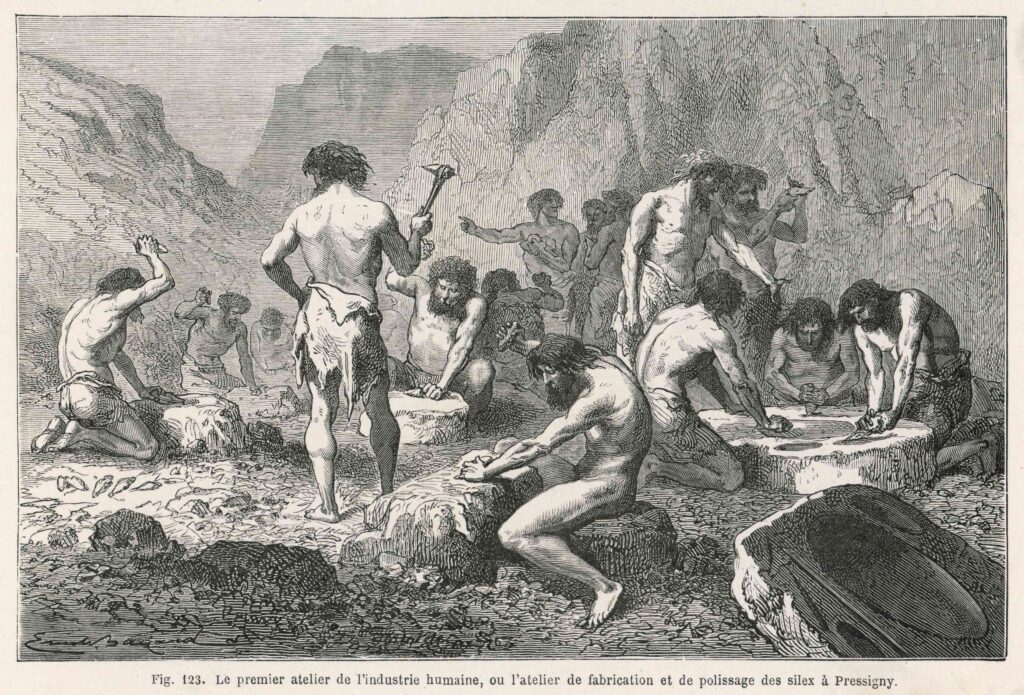
Did your ancestors live in Scandinavia? In the 1990s, archaeologists found a 10,000-year-old piece of chewing gum. It may not seem like an interesting find, but the truth is that it may hold the secrets of Mesolithic people! Continue reading to learn more about this find and what it says about your ancestors, including where they came from, their diet, their oral health, and their jobs.
The Discovery of the Chewing Gum
You may enjoy chewing gum as a way to freshen your breath or put a pleasant taste in your mouth. While the minty gum we enjoy today is a relatively new invention, chewing gum has been around for many thousands of years. In the 1990s, archaeologists found three chewed-up lumps of birch bark pit on the shores of ancient Sweden – some with teeth marks and fingerprints still present. The gum had been chewed up and used as a glue for repairing cracked pottery and attaching bone points onto stone blades. From this chewing gum, the DNA of two woman and one man were extracted. This gave researchers a way to link DNA from the ancient people to their artifacts, helping us understand patterns of human migration throughout Scandinavia.
What the Chewing Gum Told Us
According to the DNA found in the chewing gum, it appeared that the people in this area were made up of two different groups that converged from two directions. One of these groups migrated northward from western Europe while the other migrated southwest from modern-day Russia. These two groups appeared to have intermarried, creating a new population that anthropologists call Scandinavian Hunter Gatherers.
In the gum, researchers were able to find the bacteria we know today to be related to periodontitis as well as some of the DNA from plants and animals that they chewed before. This included trout, meat, and hazelnuts. This gives us an idea of the types of food this group of people may have been eating at this time.
The Takeaway of the Ancient Chewing Gum
When comparing the DNA from all three pieces of chewing gum to the databases of ancient DND, it seems that all three people were closely related to the Scandinavian Hunter Gatherers, but their genomes seemed more similar to the Mesolithic people of western Europe than from Russia. The teeth marks appeared to come from primary teeth, suggesting that making stone tools wasn’t a job limited to adults. Since two of the gum chewers had female DNA, this also suggests that this job wasn’t limited to men. As DNA sequencing improves, we will learn more and more about our ancient ancestors and what their lives were like.
Chewing gum can be much more than just a delicious treat. It is unlocking knowledge about the past to help us better understand how humans in different regions lived back in the day.
About the Author
Dr. Brian Lavery is an experienced dentist who has been working in the field for more than four decades. He earned his dental doctorate from the New Jersey Dental School. Since then, he has completed well over a thousand hours of continuing education. For more information or to schedule an appointment at his office in Mercerville, visit his website or call (609) 588-5600.
